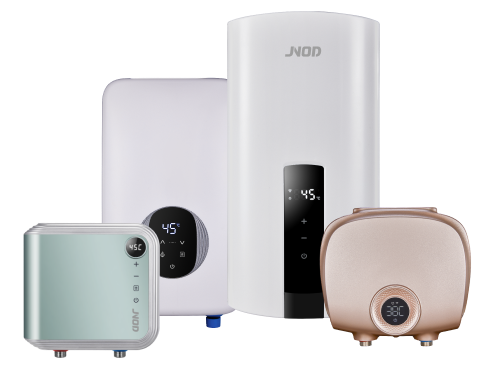Importance of Understanding Water Heater Parts
A water heater is not just a single, monolithic unit but a system that is made up of several components that are interrelated. Each part of the water heater is crucial and its quality and proper working will determine the efficiency and durability of the water heater. With the knowledge about parts of a water heater, you can make the right choices when choosing a new water heater, fix problems that may arise and even carry out routine maintenance tasks without having to call for professional help, which can save you time and money in the long run.
Main Components of a Water Heater
Tank
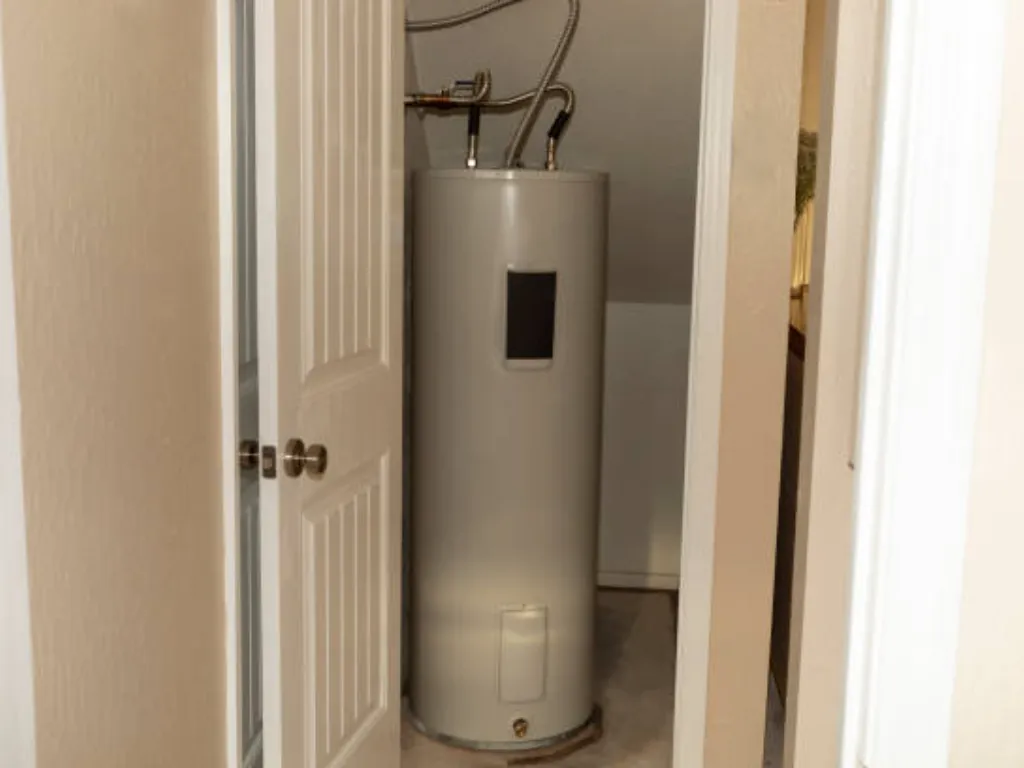
The tank is the central part of the traditional storage water heater and is usually made of high-strength steel, coated with a layer of glass or ceramic to prevent rust. Residential water heater tanks come in a variety of sizes, with 20-80 gallon capacities, but the most popular sizes are 40 and 50 gallons. It is therefore important to select the right size of the tank depending on the hot water demand of your household in order to meet the demand during peak usage times.
Dip Tube
The dip tube is a long plastic pipe that runs from the cold water inlet to the bottom of the water heater tank. Its main function is to drain cold water entering the tank from the top and allow it to heat at the bottom by the heating elements or the gas burner. This assists in the preservation of temperature layering in the tank, with the hot water rising to the top for use. Eventually, the dip tube wears out because of heat and pressure, which may result in less hot water production and efficiency.
Heating Elements (Electric) or Gas Burner (Gas)
The heating elements in an electric water heater or the gas burner in a gas-powered unit are responsible for heating the water inside the tank. Electric water heaters typically have two heating elements, one at the bottom and one at the top, each controlled by a separate thermostat. Gas water heaters have a single gas burner located at the bottom of the tank, which ignites when the thermostat signals a need for heating. Gas water heaters also require a vent pipe to safely remove exhaust gases.
Thermostat and Temperature Control
Water heaters also have thermostats that help in controlling the temperature of the water inside the tank. Electric water heaters are equipped with two thermostats, – one for each heating element – which are mounted behind the access panels on the side of the tank and are usually set to maintain water temperature at between 120°F and 140°F (49°C to 60°C). Gas water heaters have one thermostat, which is usually positioned at the base of the tank, and it regulates the gas valve and the burner, depending on the temperature of the water. To balance comfort, safety, and energy efficiency, the U.S. Department of Energy recommends setting the water heater temperature to 120°F (49°C).
Anode Rod
The anode rod is an important component that is usually made of aluminum, magnesium or zinc and is used to protect the water heater tank from corrosion. It draws in the corrosive components of the water and rusts away so that the lining of the tank is not compromised. The anode rod loses its effectiveness as it corrodes and it is expected to be inspected annually and replaced if necessary. Some of the newer water heaters have powered anode rods that use a small amount of electricity to improve the corrosion protection and have a longer life than the regular sacrificial anode rods.
Pressure Relief Valve
The pressure relief valve (PRV) is a crucial safety device installed on the top or side of the water heater tank. It helps to avoid explosion of the tank as a result of pressure build up resulting from overheating or failure of the temperature control system. When the pressure inside the tank rises to a certain level (usually 150 psi or more), the PRV opens and lets out the excess pressure and hot water through a discharge pipe. For the PRV to function correctly and not be restricted by debris or sediment, the lever should be manually raised once a year to release a small amount of water. If the valve does not open and release water or if it does not seat properly, it should be replaced by a professional.
Drain Valve
The drain valve is usually situated at the bottom of the water heater tank and is used when the tank needs to be drained for servicing or replacement. Draining the water heater frequently assists in the removal of sediment that may hinder the performance of the water heater and also the overall life of the water heater. To drain the tank, connect a garden hose to the valve, switch off the power or gas supply, shut the cold water inlet valve, and then open the drain valve until the water becomes clear. Exercise caution, as the water released can be extremely hot.
Cold Water Inlet and Hot Water Outlet
The cold water inlet and hot water outlet are the two pipes that are directly linked to the water heater tank. The cold water inlet is situated at the top of the tank and is used to provide cold water for heating, which is usually introduced through the dip tube to the base of the tank. The hot water outlet is also situated at the top of the tank and this is where hot water that has been heated is released to the plumbing fixtures and appliances in the house. Both pipes have shut off valves for ease of maintenance and repair and this enables the tank to be disconnected from the water supply of the house in case of leakage or any form of malfunction.
Optional Water Heater Components
Expansion Tank
An expansion tank is a small additional tank that is connected to the cold water supply pipe near the water heater. Its function is to accommodate the pressure build up due to the expansion of water in a closed system of pipes. If there is no expansion tank, heated water has no room to expand and this can cause leaks, damage to appliances or even a burst water heater. The expansion tank has an air chamber that is sealed off from the water by a flexible partition, which gets compressed as the water expands, thus reducing pressure in the system.
Circulating Pump
A circulating pump, also known as a recirculation pump, is an accessory that can be installed in a water heater system to deliver hot water to fixtures that are located far from the water heater faster than the water would circulate naturally. It operates by circulating hot water through the pipes at all times to guarantee easily accessible hot water at all fixtures. There are two main types of circulating pump systems: full-time (always on) and on-demand (activated by a button or motion sensor). Circulating pumps add to comfort and convenience but may raise energy usage and costs, and the pumps and the related piping are expensive to put in and maintain.
Different Types of Water Heaters and Their Components
Conventional Storage Tank Water Heaters
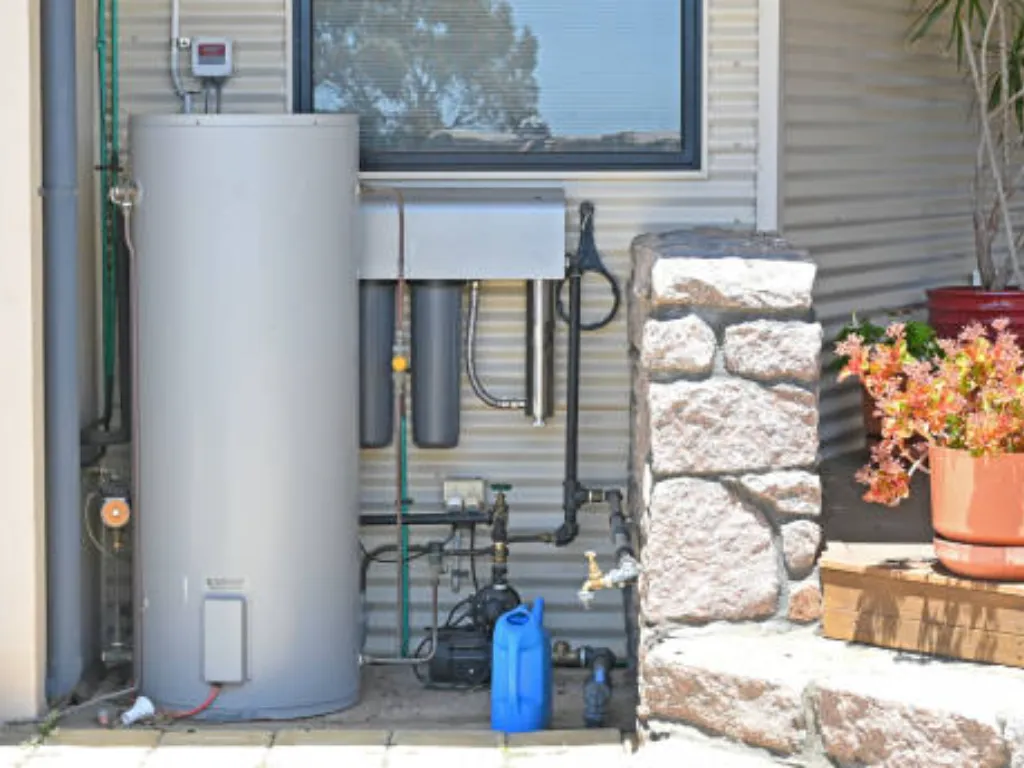
Conventional storage tank water heaters are the most common type of water heater found in homes. They consist of an insulated tank that stores and heats water, typically ranging from 20 to 80 gallons in capacity. The water is kept at a set temperature, ready for use when needed. These water heaters have a relatively simple design and are generally less expensive to purchase and install compared to other types, making them a popular choice for many households. However, they are less energy-efficient due to standby heat loss, as the tank continuously heats the water even when no hot water is being used. Additionally, conventional storage tank water heaters occupy more space than tankless water heaters and have a limited hot water supply based on the tank capacity. Here are some of the main parts you can find in the storage tank water heaters:
| Component | Function |
| Tank | Stores and heats water |
| Dip Tube | Directs cold water to the bottom of the tank |
| Heating Elements (Electric) or Gas Burner (Gas) | Heats the water inside the tank |
| Thermostat | Regulates water temperature |
| Anode Rod | Protects the tank from corrosion |
| Pressure Relief Valve | Prevents excessive pressure buildup |
| Drain Valve | Allows for draining the tank during maintenance |
| Cold Water Inlet | Supplies cold water to the tank |
| Hot Water Outlet | Delivers heated water to plumbing fixtures |
| Insulation | Minimizes heat loss from the stored water |
| Outer Shell | Protects the internal components and provides structural support |
Tankless (On-Demand) Water Heaters
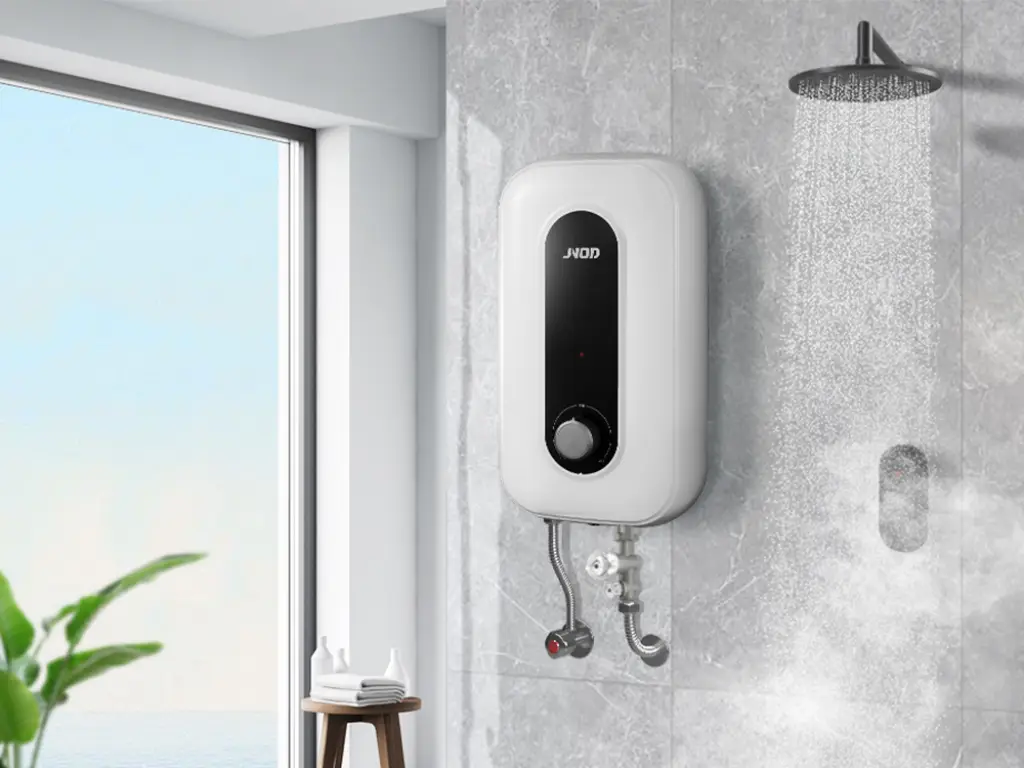
Tankless water heaters, also known as on-demand or instantaneous water heaters, are a common substitute for the traditional water heater. While storage tank water heaters maintain hot water in a tank and heat it continuously, tankless hot water heaters heat water on demand, supplying an unlimited amount of hot water while being energy efficient. When a hot water tap is opened, cold water passes through the tankless unit where it is heated by gas burners in the case of a gas tankless water heater or heating coils in the case of an electric tankless water heater. While tankless water heaters are more expensive initially and may necessitate changes to the home’s electrical or gas system, they are more efficient, longer-lasting, and take up less space than a traditional water heater tank.
| Component | Function |
| Heat Exchanger | Transfers heat from the burners or heating elements to the water |
| Flow Sensor | Detects the flow of water and activates the heating process |
| Gas Burner (Gas) or Heating Elements (Electric) | Heats the water as it passes through the unit |
| Control Panel | Regulates water temperature and flow |
| Temperature and Pressure Relief Valve | Prevents excessive pressure and temperature buildup |
| Inlet and Outlet Connections | Connects the unit to the home’s water supply and plumbing fixtures |
| Venting System (Gas) | Safely removes exhaust gases produced during combustion |
| Electrical Connections (Electric) | Provides power to the heating elements and control panel |
Each component of a water heater plays a crucial role in its efficiency and performance. Click here to explore the different advantages and performance distinctions between tank water heaters and tankless water heaters.
Heat Pump Water Heaters
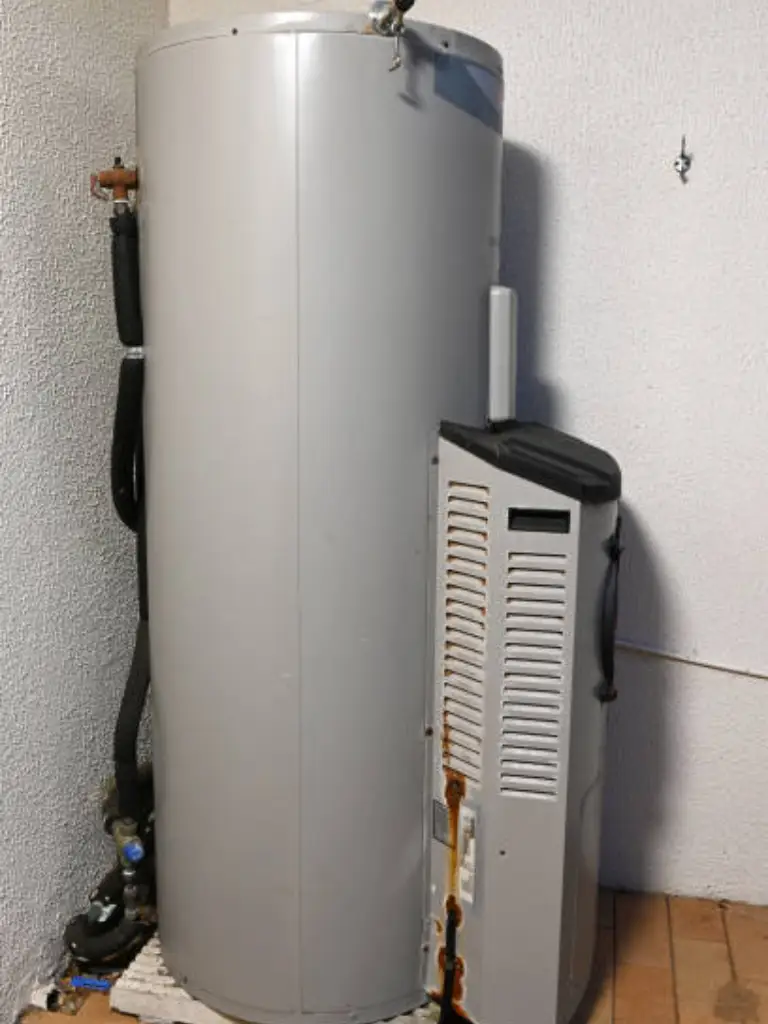
Heat pump water heaters are more energy efficient than the traditional electric water heaters. Heat pump water heaters do not directly heat the water but use electricity to transfer heat from the surrounding air or the ground to the water in the tank. This process is similar to how a refrigerator or an air conditioner functions, but in a reverse manner. Heat pump water heaters work by using heat from the surrounding environment and can be up to three times more efficient than standard electric water heaters, thus saving energy. Also, they are long-lasting and can cool and dehumidify the room where they are installed for a longer period. Nevertheless, heat pump water heaters are more expensive to purchase, and they need adequate space and airflow for proper functioning.
| Component | Function |
| Heat Pump | Moves heat from the surrounding air or ground to the water in the tank |
| Storage Tank | Stores the heated water for use |
| Backup Heating Elements | Provides additional heating when the heat pump cannot meet demand |
| Thermostat | Regulates water temperature |
| Anode Rod | Protects the tank from corrosion |
| Pressure Relief Valve | Prevents excessive pressure buildup |
| Drain Valve | Allows for draining the tank during maintenance |
| Cold Water Inlet | Supplies cold water to the tank |
| Hot Water Outlet | Delivers heated water to plumbing fixtures |
| Condensate Drain | Removes condensation produced during the heat pumping process |
| Air Filter | Prevents dust and debris from entering the heat pump |
Electric Water Heaters
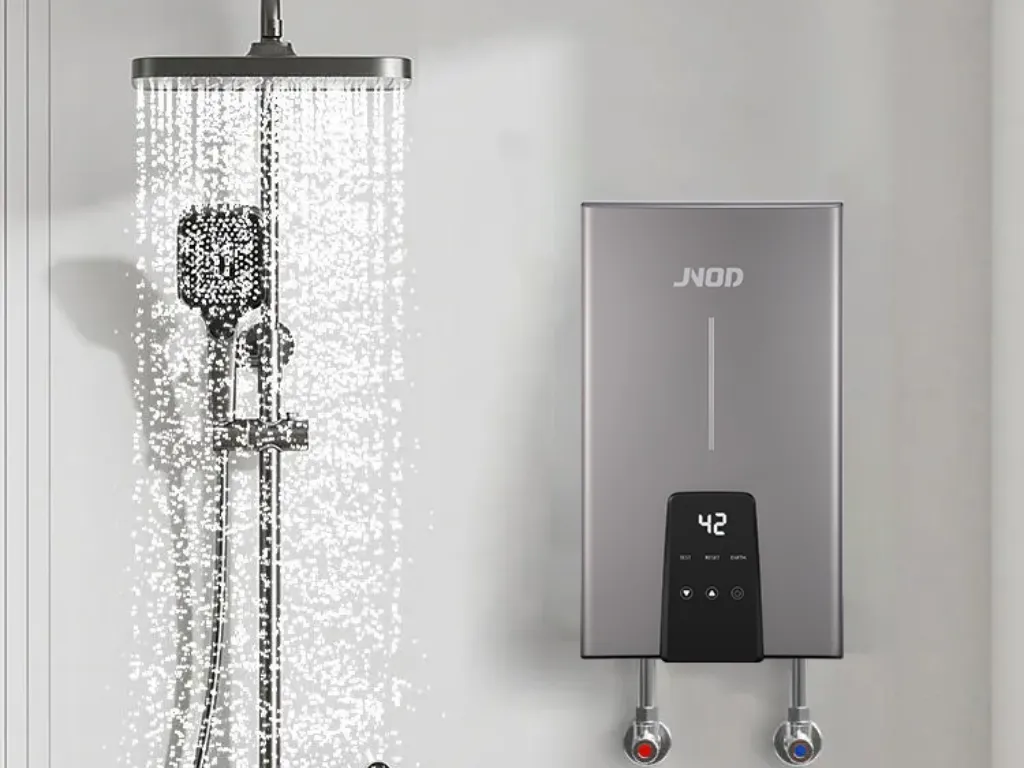
Electric water heaters are used where natural gas is not available in the homes or buildings. They employ one or two electric heating elements that are immersed in the water tank to heat the water. The heating elements are usually governed by thermostats that control the temperature of the water. Electric water heaters are cheaper to buy and install than the gas ones and are also less complicated in terms of construction, therefore easier to service. They also have the added benefit of not needing a gas line or venting, which may be beneficial in homes where it is impossible to install gas appliances. However, electric water heaters are slower in their recovery time than the gas water heaters, which implies that it will take a longer time to heat the water once it has been used. They also have higher operating costs, especially where electricity costs are high, and require a large amount of energy.
| Component | Function |
| Storage Tank | Holds the water to be heated |
| Upper and Lower Heating Elements | Heat the water in the tank |
| Upper and Lower Thermostats | Control the heating elements to maintain the desired water temperature |
| Dip Tube | Directs cold water to the bottom of the tank |
| Anode Rod | Protects the tank from corrosion |
| Pressure Relief Valve | Prevents excessive pressure buildup |
| Drain Valve | Allows for draining the tank during maintenance |
| Cold Water Inlet | Supplies cold water to the tank |
| Hot Water Outlet | Delivers heated water to plumbing fixtures |
| Insulation | Minimizes heat loss from the stored water |
| Outer Shell | Protects the internal components and provides structural support |
Gas Water Heaters
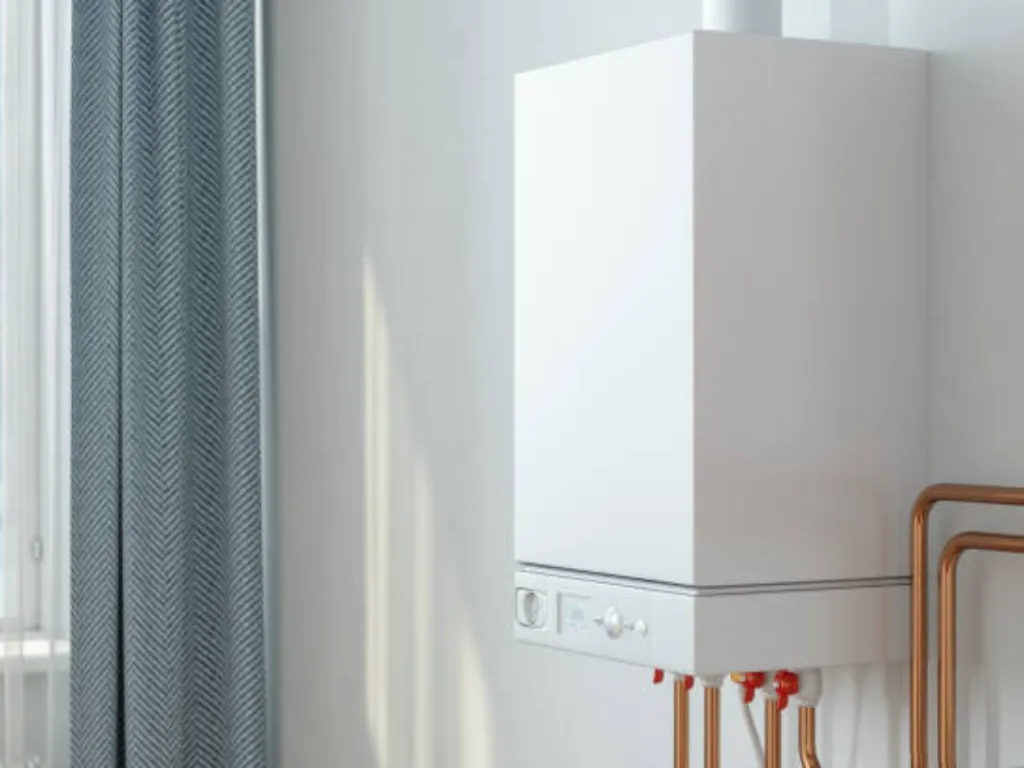
Natural gas or propane gas water heaters are preferred for homes that have access to these resources. They employ a gas burner that is placed at the base of the tank to heat the water. If the thermostat senses that the water temperature is below the set point, it sends a signal to the control valve to open to allow gas to the burner. The burner then ignites, and this warms up the water that is in the tank. The gas water heaters are generally found to have a higher recovery rate than the electric ones, which means that it can heat the water again more quickly than the electric one after the water has been used. They also have relatively lower operating expenses, especially where electricity costs are high. However, gas water heaters need a gas supply and the right venting system for them to work properly, and this may be expensive to install. They also have a more elaborate design with extra parts like the gas valve and the thermocouple, which may need replacement or adjustment over time.
| Component | Function |
| Storage Tank | Holds the water to be heated |
| Gas Burner | Heats the water in the tank |
| Thermostat | Controls the gas valve to maintain the desired water temperature |
| Gas Control Valve | Regulates the flow of gas to the burner |
| Thermocouple | A safety device that shuts off the gas supply if the pilot light goes out |
| Dip Tube | Directs cold water to the bottom of the tank |
| Anode Rod | Protects the tank from corrosion |
| Pressure Relief Valve | Prevents excessive pressure buildup |
| Drain Valve | Allows for draining the tank during maintenance |
| Cold Water Inlet | Supplies cold water to the tank |
| Hot Water Outlet | Delivers heated water to plumbing fixtures |
| Insulation | Minimizes heat loss from the stored water |
| Outer Shell | Protects the internal components and provides structural support |
| Draft Hood | Ensures proper ventilation and prevents backdrafts |
Solar Water Heaters
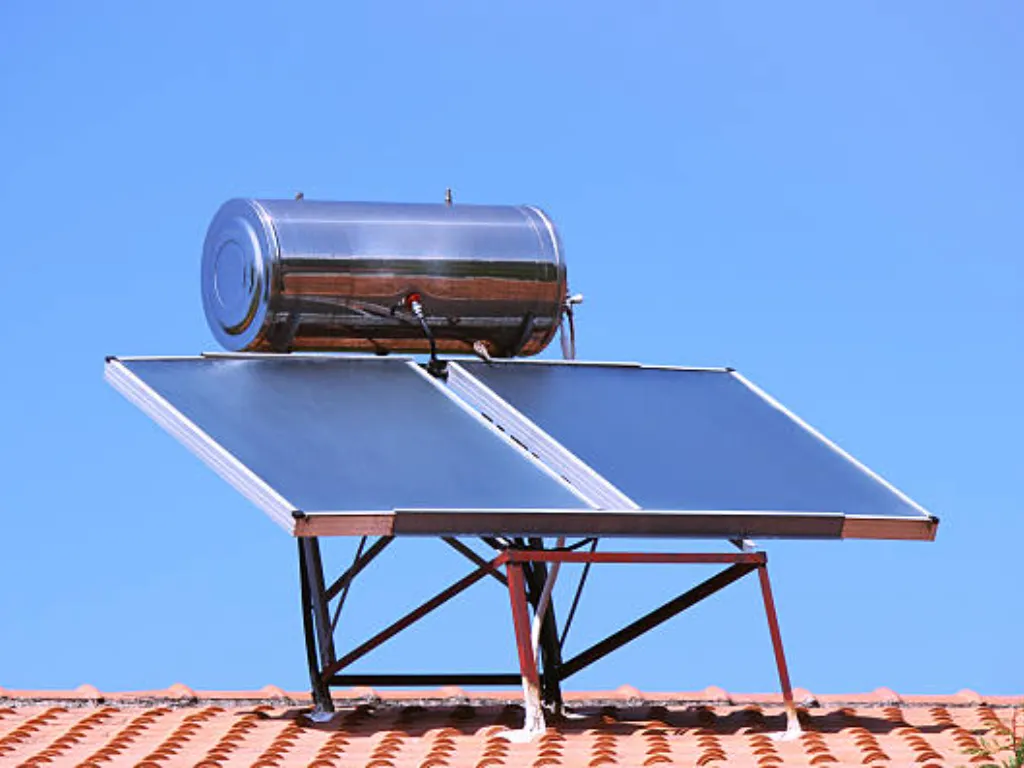
Solar water heaters are a renewable and efficient source of energy for households that want to shift from conventional sources of energy. These systems employ solar collectors, usually on the roof of the building, to capture heat from the sun and transfer it to the water in the tank. Solar water heaters can be a great way to cut energy expenses because they use the sun’s energy to heat the water. There are two main types of solar water heaters: The two types of voice that are commonly used are the active voice and the passive voice. In active systems, pumps and controls are used to circulate the water or heat transfer fluid between the collectors and the tank while in passive systems, the circulation is done naturally through convection. While they are relatively expensive to purchase and install compared to conventional water heaters, solar water heaters can save a lot of energy in the long run. However, their performance depends on factors such as climate, roof orientation, and the extent to which direct sunlight is available.
| Component | Function |
| Solar Collectors | Absorb heat from the sun and transfer it to the water or heat-transfer fluid |
| Storage Tank | Holds the heated water for use |
| Backup Heating Element | Provides additional heating when solar energy is insufficient |
| Circulation Pump (Active Systems) | Moves the water or heat-transfer fluid between the collectors and the tank |
| Controller (Active Systems) | Regulates the operation of the circulation pump |
| Heat Exchanger | Transfers heat from the heat-transfer fluid to the water in the tank (indirect systems) |
| Expansion Tank | Allows for the expansion of the heat-transfer fluid as it heats up |
| Pressure Relief Valve | Prevents excessive pressure buildup |
| Temperature and Pressure Relief Valve | Prevents excessive temperature and pressure buildup |
| Cold Water Inlet | Supplies cold water to the tank |
| Hot Water Outlet | Delivers heated water to plumbing fixtures |
| Insulation | Minimizes heat loss from the stored water and piping |
Troubleshooting Common Water Heater Issues
Water heaters are one of the most important household appliances that help us in our everyday activities by supplying hot water. However, like any other appliance, water heaters can develop some problems that may affect their functionality. Here are some common water heater problems and their potential causes:
No Hot Water
If you’re not getting any hot water from your water heater, there could be several reasons:
- Electric water heater: Determine if the circuit breaker has popped or if there is no power at all. If the heating elements or thermostats are faulty, they may require replacement.
- Gas water heater: Check that the gas supply is on and the pilot light is on. If the pilot light is out and will not stay on, the thermocouple may have to be replaced.
Insufficient Hot Water
If you’re running out of hot water faster than usual, consider the following:
- The capacity of the water heater may not be enough to meet the water requirements of your household.
- It could be that the thermostat is set at a very low level.
- The sediment that forms at the bottom of the tank can hinder the performance of the water heater and the amount of hot water produced.
Leaks and Drips
Water leaks can occur due to various reasons:
1. Lack of proper connections or joints in the plumbing system.
2. A cracked or corroded tank.
3. A temperature and pressure relief valve that is defective.
4. A damaged drain valve.
Unusual Noises
Popping, hissing, or rumbling sounds from your water heater can indicate:
1. Accumulation of sediment on the bottom of the tank, which puts additional load on the heating elements and generates noise.
2. Damaged or loose heating elements.
3. High water pressure in the tank.
Smelly or Discolored Water
If your hot water has an odd smell or color, it could be due to:
1. The presence of bacteria in the tank, which results in production of hydrogen sulfide, with an odor similar to that of rotten eggs.
2. Contamination of water in the tank or pipes due to corrosion and therefore water being rusty or discolored.
3. Water hardness and the presence of other minerals in the water supply.
If you are facing any of these problems, then it becomes crucial to identify the root cause of the problem and then proceed with the necessary action. Some issues, for instance, setting a small tweak on the thermostat or even emptying the tank to get rid of deposits, can be solved by the homeowners. However, if you have some complicated problems like replacing the heating elements or fixing the leaks, then it is advisable to consult a professional water heater technician to avoid further complications.
How To Maintain Your Water Heater?
Maintenance is crucial to the durability, effectiveness, and safety of the water heater system. Some of the important maintenance activities include; annual flushing of the tank to remove sediments, testing of the pressure relief valve to ensure that it is working properly, adjustment of the thermostat to ensure that the heater is working efficiently and to the best way that would save energy, insulating the tank and the pipes to reduce heat loss, and checking the anode rod to prevent corrosion. Furthermore, it is also recommended to call a professional for maintenance at least once every few years to check for any problems that may have developed and fix them before they worsen. For those using a tankless water heater, specific tankless water heater maintenance tips can help ensure optimal performance. If you follow these maintenance practices, you will be able to increase the lifespan of your water heater and have a constant supply of hot water.
Choosing the Right Water Heater
Some of the considerations that should be made when selecting a new water heater include fuel type, size, energy efficiency and type of water heater to meet the needs of the home. Choosing the right capacity and heat output of the water heater is essential to provide hot water to your household, while choosing the models with high energy efficiency can help you save money on utilities and be environmentally friendly.
The components used in the construction of a water heater define its quality and the duration it will be able to serve. The quality of the materials used and the design of the parts, for instance, the tank, heating elements or burners, safety features including the pressure relief valve and anode rod all determine the durability and efficiency of a water heater. When you choose a water heater with better quality parts and workmanship, you reduce the chances of experiencing a faulty water heater, leakage, or any other problem that may affect your hot water supply and force you to spend a lot of money on repairs or even a new water heater.
Conclusion
It is crucial to comprehend the different components of a water heater and how they function to maintain the appliance’s durability, effectiveness, and safety. Once you are aware of the parts and their roles, you will be in a better position to decide on the right time to maintain, repair or replace any part, thus avoiding unnecessary expenses and inconveniences in the future.
At JNOD, we source our water heater electrical components from reputable brand suppliers. Our stringent and comprehensive quality control procedures ensure reliability and excellence. We conduct power-on tests to verify the dependability of electrical components and perform 100% aging tests on PCBs for eight hours. From the moment materials arrive to the final product leaving the factory, we uphold the highest standards of quality to guarantee that every water heater you receive is of exceptional quality.
